Technological Innovations
Technological advancements in manufacturing processes are reshaping the Metal Electrical Conduit Market. Innovations such as automated production lines and advanced materials are enhancing the quality and reducing the costs of metal conduits. These improvements not only increase production efficiency but also allow for the development of conduits that are lighter and more resistant to corrosion. As a result, the market is likely to see a shift towards these advanced products, which can offer better performance in various applications. Recent statistics suggest that the adoption of new technologies in manufacturing could lead to a market growth of approximately 4% over the next few years, indicating a positive outlook for the Metal Electrical Conduit Market.
Increased Safety Standards
The heightened focus on safety standards in electrical installations is driving the Metal Electrical Conduit Market. Regulatory bodies are enforcing stricter safety guidelines to prevent electrical hazards, which necessitates the use of reliable and durable materials like metal conduits. These conduits provide superior protection against physical damage and environmental factors, making them a preferred choice for many applications. Recent data indicates that the safety equipment market is projected to grow at a rate of 5% annually, which is likely to positively impact the Metal Electrical Conduit Market as more projects prioritize safety compliance. This trend underscores the importance of investing in high-quality materials to meet evolving safety requirements.
Infrastructure Development
The ongoing expansion of infrastructure projects appears to be a primary driver for the Metal Electrical Conduit Market. Governments and private sectors are investing heavily in the construction of roads, bridges, and buildings, which necessitates the use of electrical conduits for safe and efficient wiring. According to recent data, the construction sector is projected to grow at a compound annual growth rate of approximately 5.5% over the next few years. This growth is likely to increase the demand for metal electrical conduits, as they provide durability and protection against environmental factors. Furthermore, the trend towards urbanization is expected to further bolster the Metal Electrical Conduit Market, as more urban areas require extensive electrical installations to support their growing populations.
Energy Efficiency Regulations
The increasing emphasis on energy efficiency regulations is influencing the Metal Electrical Conduit Market significantly. Governments are implementing stringent standards aimed at reducing energy consumption in buildings and industrial facilities. These regulations often mandate the use of specific materials, including metal conduits, which are known for their longevity and recyclability. As a result, manufacturers are adapting their product lines to comply with these regulations, which could lead to a surge in demand for metal electrical conduits. Market data indicates that the energy-efficient building materials segment is expected to witness a growth rate of around 6% annually, further driving the Metal Electrical Conduit Market as stakeholders seek compliant solutions.
Rising Demand for Renewable Energy
The growing focus on renewable energy sources is emerging as a significant driver for the Metal Electrical Conduit Market. As countries strive to meet their renewable energy targets, the installation of solar panels, wind turbines, and other renewable energy systems is increasing. These installations require robust electrical conduits to ensure safe and efficient energy transmission. Market analysis shows that the renewable energy sector is expected to expand at a rate of 8% annually, which could substantially elevate the demand for metal electrical conduits. This trend suggests that manufacturers in the Metal Electrical Conduit Market may need to adapt their offerings to cater to the specific requirements of renewable energy applications.


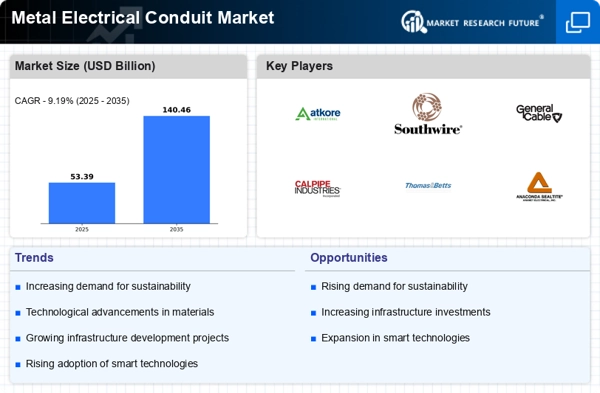
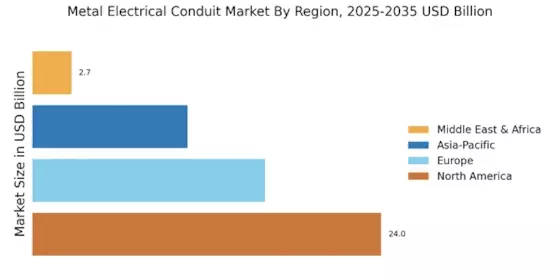
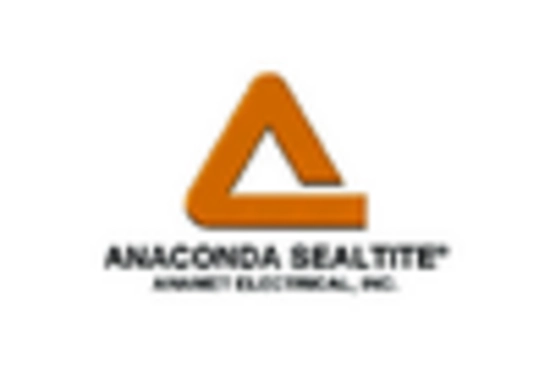
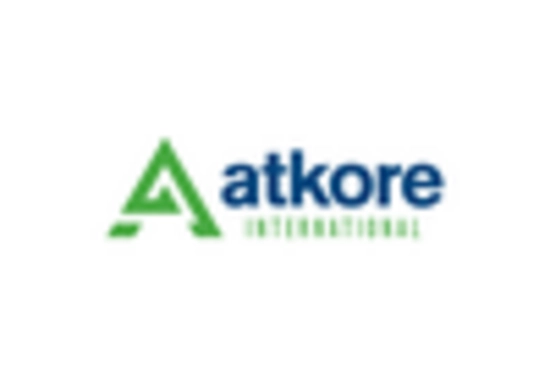
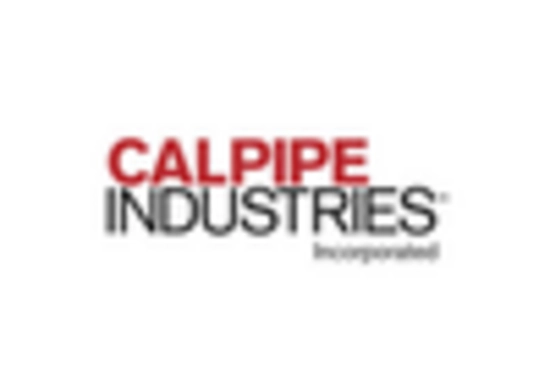
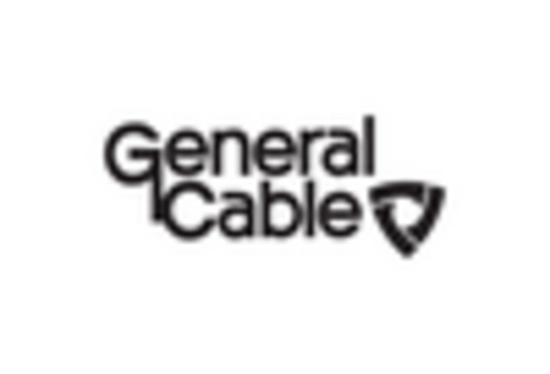
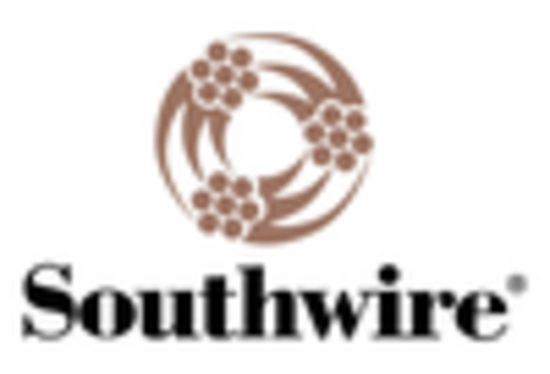
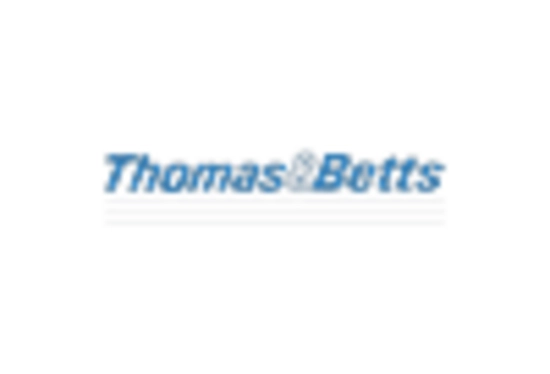








Leave a Comment